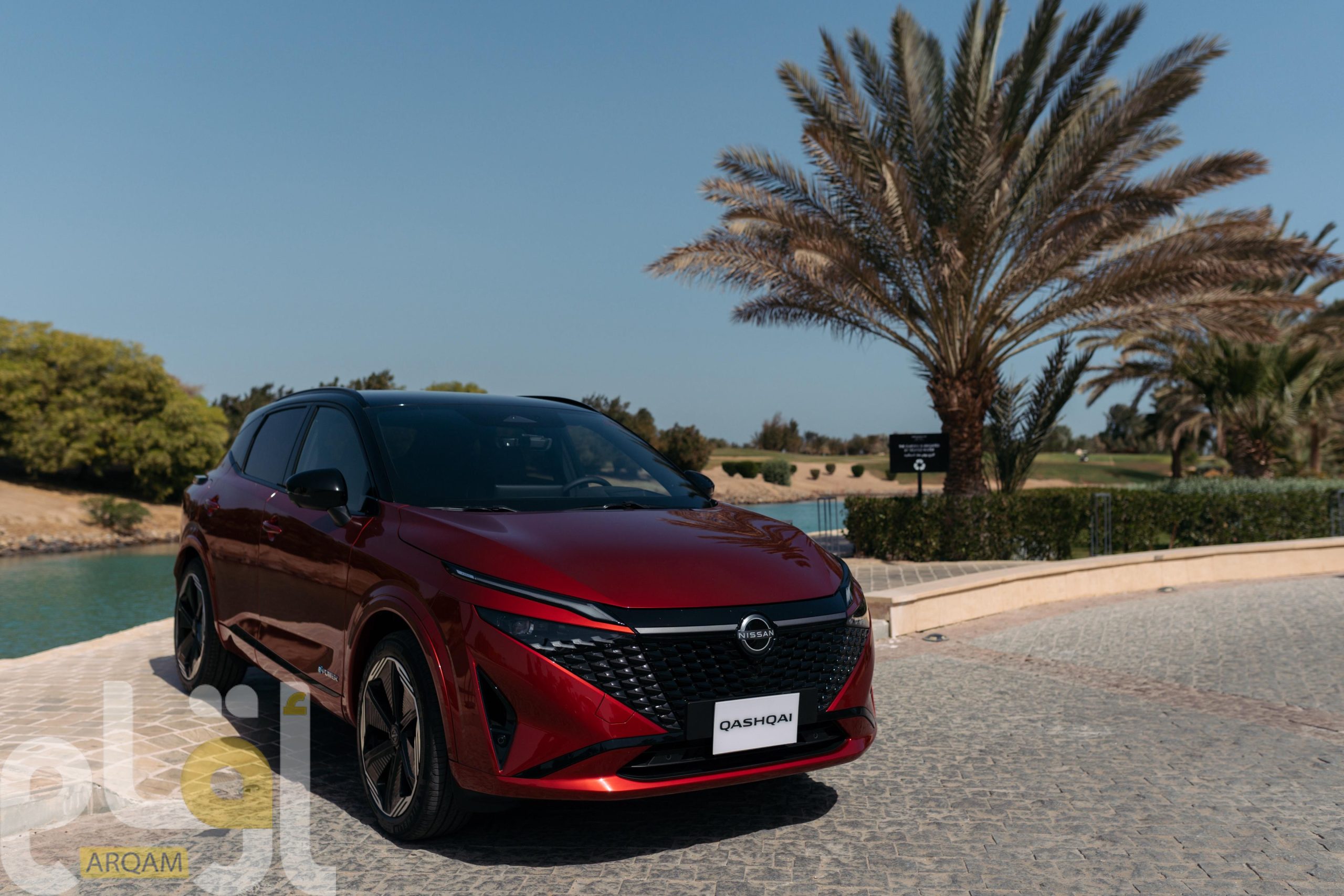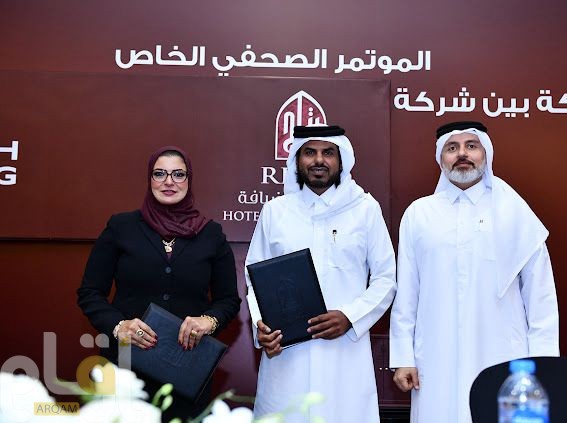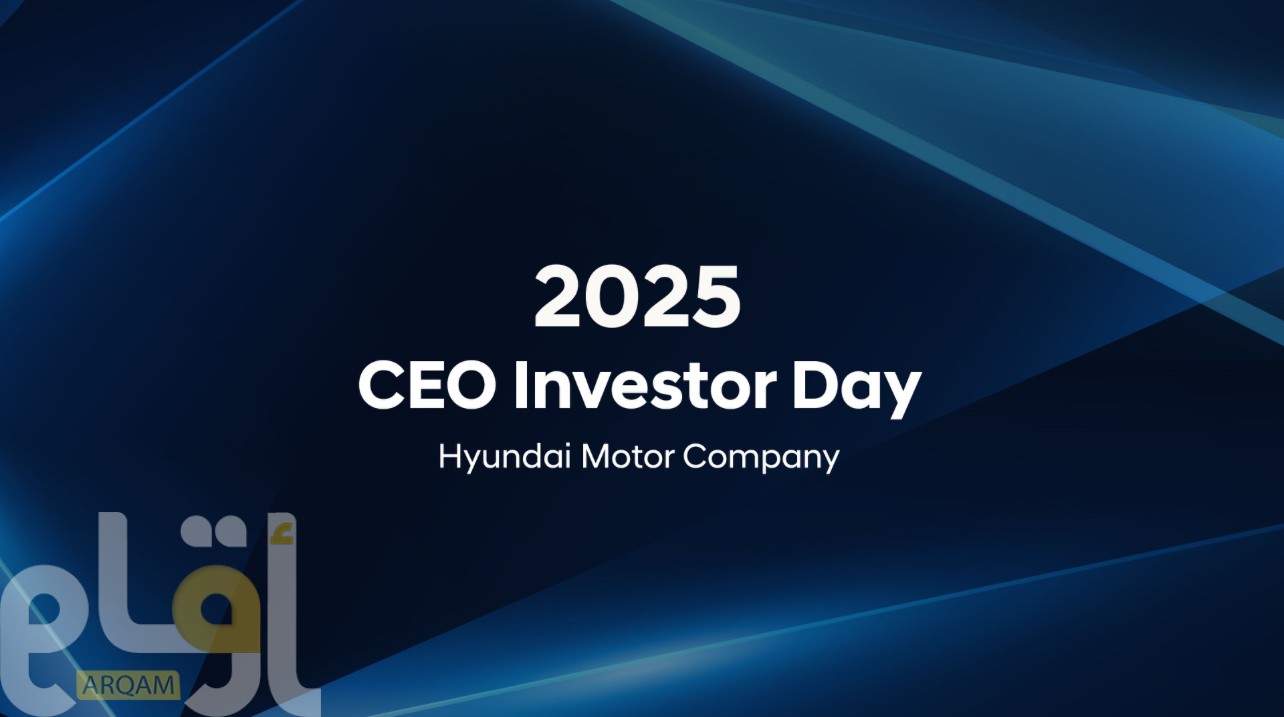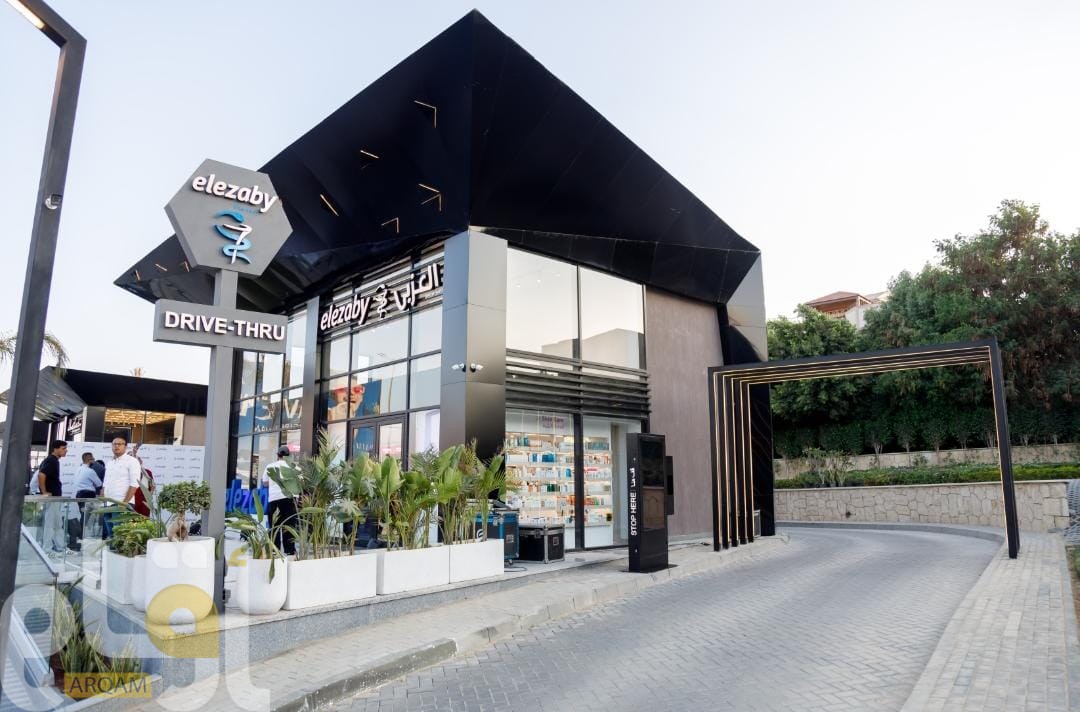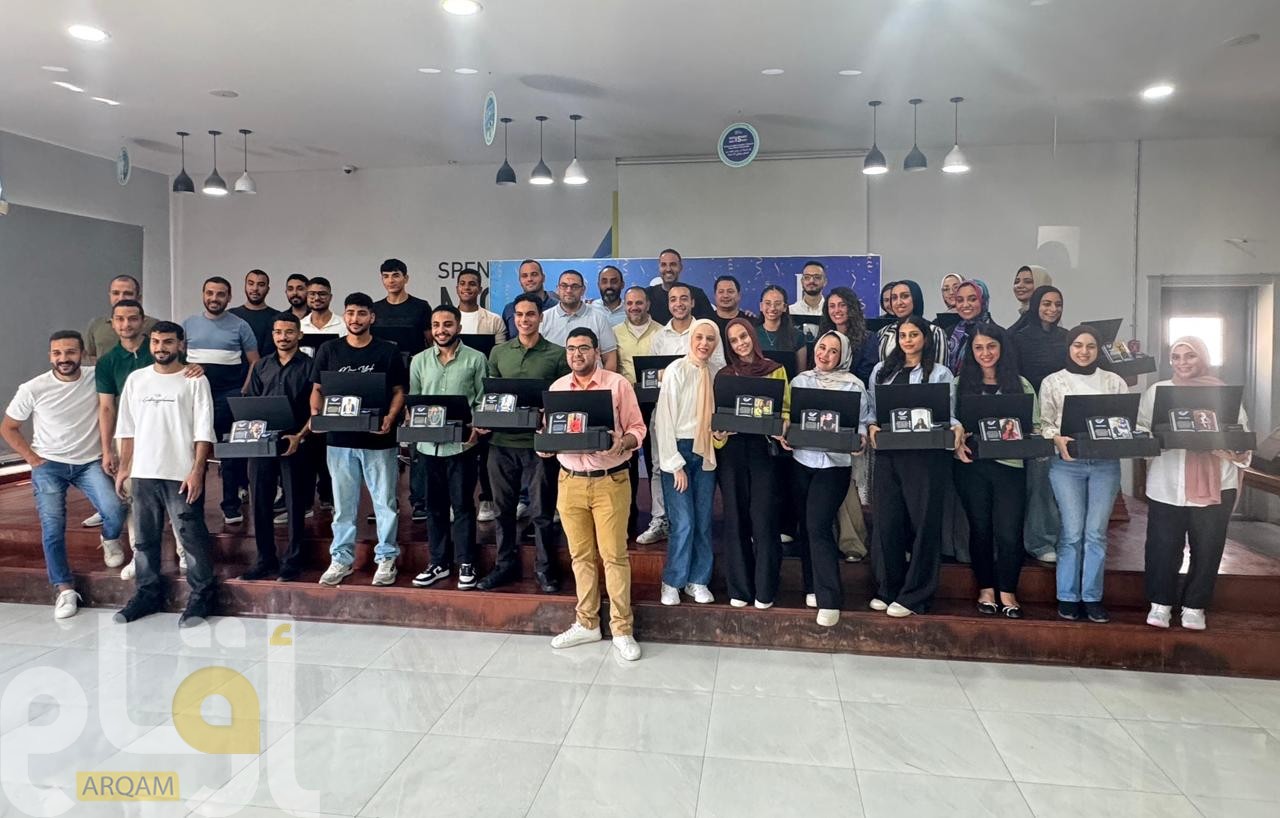President and CEO Philippe Delorme of KONE, a global leader in the elevator and escalator industry, is currently visiting Egypt as part of his tour of the Middle East region. The visit underscores KONE’s long-term commitment to support Egypt’s growth ambitions and highlights the critical role of vertical transportation in enhancing infrastructure and residential development and sustainable urban transformation.
• Egypt has a population of approximately 104M [1] making it the third most populated country on the African continent
• Egypt’s population is expected to total 123.5 million in 2050[2]
• 69 million Egyptians are forecasted to live in urban areas by 2041. [3]
“Egypt’s economic and urban growth positions it as a pivotal market for us as part of our Middle East, Türkiye, and Africa strategy. As Egypt continues to expand its infrastructure and real estate sectors, we remain committed to supporting our customers by delivering advanced people flow technologies that support sustainable growth,” Delorme said in Cairo.
“With our newly launched global strategy, we have a laser-sharp focus on the opportunities rising from digitalization, residential development, modernization and cutting carbon. This is perfectly aligned with Egypt’s growth objectives and the country’s 2030 Vision, and we believe this is a winning strategy for engaging in Egypt’s urban transformation,” Delorme adds.
Kone has had a presence in Egypt since the early 1990s. From Egypt’s New Administrative Capital and the Iconic Tower, the tallest building on the African continent, to other major commercial and residential developments, KONE’s highly competent team on the ground is proud to have contributed to Egypt’s changing skylines with the company’s latest people flow innovations.
Data-driven services to support Egypt’s infrastructure needs
For years, KONE has been at the forefront of high-rise innovation offering advanced solutions that improve efficiency, safety, and sustainability. Key technologies like carbon fibre hoisting technology KONE UltraRope® as well as AI-driven predictive maintenance solutions, as listed below, are vital to modern infrastructure.
• 24/7 Connected Services: Offers real-time monitoring for building managers, enabling effective planning and extending equipment lifecycles.
• KONE Destination: An AI-driven system that optimizes elevator experiences by focusing on People Flow, reducing waiting and travel times.
• KONE Infotainment: Enhances communication by sharing multimedia and safety information, helping buildings rebrand and generate new revenue streams.
Introducing KONE High-Rise MiniSpace™ DX in Egypt
Building on it’s strong track-record of high-rise innovations, KONE is proud to introduce a next-generation high-rise solution KONE High-Rise MiniSpace™ DX. This innovative elevator design combines reduced energy usage and minimized carbon emissions with cutting-edge vertical space optimization, providing a sustainable and adaptable solution for Egypt’s growing skylines.
“This is a game-changer for new construction or building modernization bringing remarkable value to our customers, and we’re very excited to launch this in Egypt,” Delorme says.
Supporting infrastructure modernization
In addition to advanced technologies for new developments, KONE is actively engaged in supporting Egypt’s infrastructure through tailored modernization solutions. With its deep understanding of building lifecycles and evolving urban needs, KONE offers modernization services designed to extend the life, efficiency, and safety of existing buildings in Egypt.
Modernization also helps buildings become digitally connected. By leveraging data analytics, faults can be predicted and addressed promptly, reducing downtime and optimizing maintenance schedules.
“Connected elevators and escalators and their data play a key role. By modernizing ageing elevators, which typically represent 2-10% of a building’s energy use, KONE can reduce elevator-related energy consumption by up to 70%,” Delorme explains.
The connected devices thereby can not only improve elevator performance but also reduce the need for unnecessary technician visits, resulting in reduced emissions from travel and improved overall efficiency.
“To simplify: with our help, buildings and cities will become more sustainable and also easier for people to get around, even as the population increases,” Delorme sums up.








